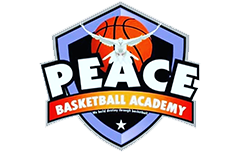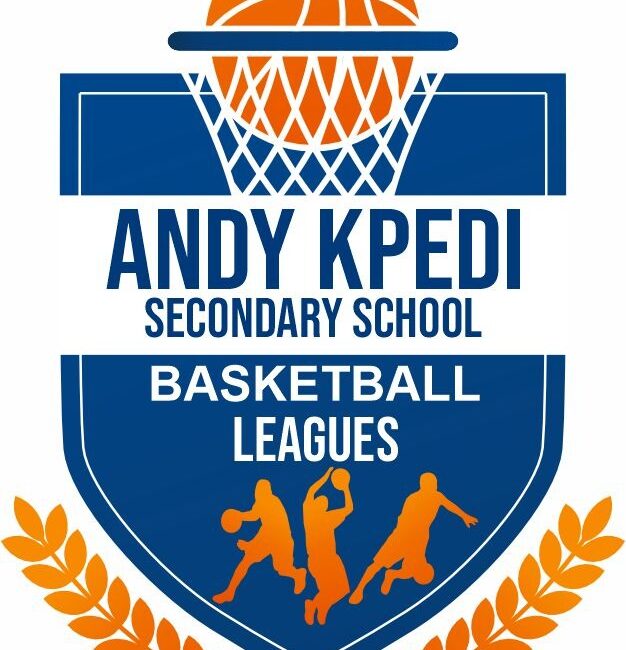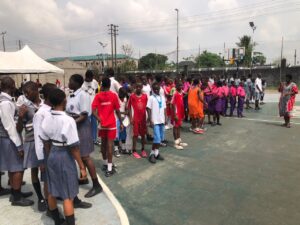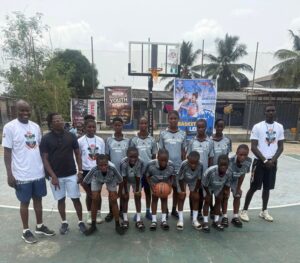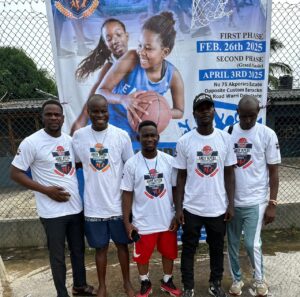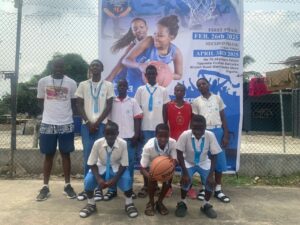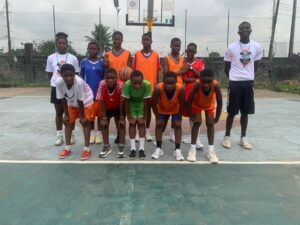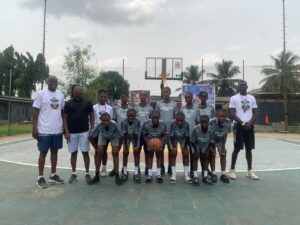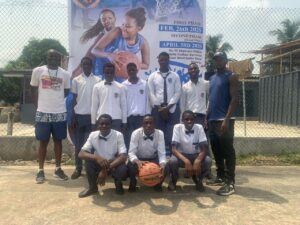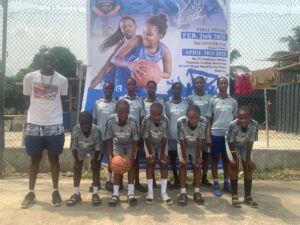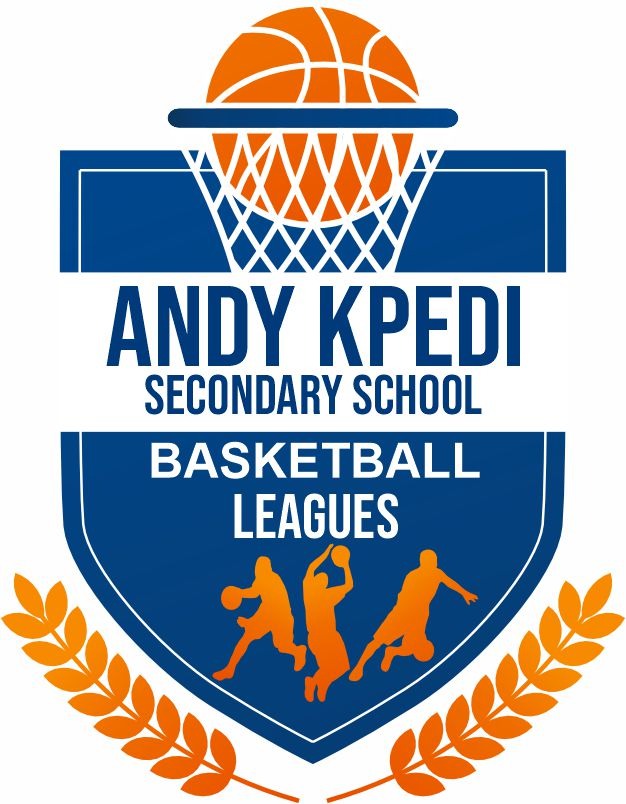 Introduction
Introduction
The Andy Kpedi Secondary Basketball League (AKSBL) is an annual competition designed to provide students at the secondary school level with an opportunity to showcase their athletic skills in basketball. The league is an important event in many schools’ sports calendars and plays a crucial role in developing young athletes, fostering teamwork, and promoting sportsmanship. This report highlights the structure, performance, and overall impact of the AKSBL.
Objective of the League
The primary aim of the AKSBL is to encourage the participation of secondary school students in basketball while enhancing their physical fitness, skills, and competitive spirit. The league serves as a platform for talented athletes to gain exposure, potentially leading to higher-level opportunities such as college recruitment or professional training.
Structure of the League
The league typically consists of teams from different schools, each of which is made up of players within the same age group, generally ranging from 13 to 18 years old. The teams compete in a round-robin format, followed by knockout rounds or playoffs that lead to the final championship game. The season spans several months, with regular training sessions and matches scheduled on weekends or after school hours.
- Teams: Each school’s team is composed of male and female athletes, depending on the structure of the league. Schools may also form separate boys’ and girls’ divisions.
- Format: The league is divided into regular-season matches where each team faces off against others in a series of games. The top-ranking teams advance to the playoffs and the eventual finals.
Participation and Teams
The AKSBL has witnessed growing participation over the years, with many schools fielding teams in both the boys’ and girls’ categories. Schools from various regions, particularly those with strong sports programs, have formed competitive teams. In recent seasons, the level of competition has significantly increased as more teams focus on skill development and better coaching techniques.
Some of the top teams in the league have also invested in specialized training facilities, often partnering with local clubs and coaches to enhance their players’ skills. Schools with access to stronger basketball programs have shown consistent dominance in the competition.
Performance of Teams
Performance in the AKSBL is determined by various factors, including player skill level, team cohesion, strategic planning, and coaching. Top teams often feature players who have received individual coaching outside of the league and are recognized for their high basketball IQ and physical capabilities.
- Top Performers: Individual players who stand out often attract attention from professional scouts or get opportunities to join regional teams or national youth teams. Some players go on to receive athletic scholarships for college.
- Team Dynamics: Teams that emphasize collective effort, communication, and strong defensive and offensive strategies generally perform well in the league.
Challenges Faced by the League
While the AKSBL has been a successful platform for youth basketball, it faces several challenges:
- Limited Resources: Many schools struggle with funding, which impacts the ability to provide top-quality coaching, equipment, and facilities. This gap can sometimes hinder the overall development of the athletes.
- Inconsistent Coaching: Not all schools have access to qualified coaches, which can affect the performance and development of players. Lack of professional guidance can lead to teams underperforming despite having talented players.
- Scheduling Conflicts: Since the AKSBL takes place during the school year, it can sometimes clash with academic commitments, making it difficult for players to balance their academic and athletic responsibilities.
Impact of the League
The AKSBL has several key benefits for students and schools alike:
- Skill Development: Players gain valuable experience in basketball techniques, teamwork, and strategy, improving their athletic abilities.
- Character Building: The league promotes essential life skills such as discipline, resilience, leadership, and teamwork. Players are taught to overcome adversity, handle pressure, and work together toward a common goal.
- School Spirit: The league fosters school pride and unity, as students, teachers, and parents often come out to support their teams. The games create a sense of excitement and camaraderie within the school community.
- Pathways to Higher Levels: Many talented players from the AKSBL have gone on to represent their region or country at higher levels, such as college basketball teams or national youth squads.
Conclusion
The Secondary Basketball League has proven to be an important fixture in the development of young athletes. It provides a structured, competitive environment for secondary school students to grow both as individuals and as athletes. While there are challenges, such as limited resources and inconsistent coaching, the league’s positive impact on students’ physical, mental, and emotional growth cannot be overstated. With continued support and investment, the AKSBL has the potential to expand, offering even more opportunities for young basketball players to develop their skills and pursue higher ambitions in the sport.
Future improvements in infrastructure, coaching, and scheduling will help further elevate the league and its participants, ensuring the sustained success and growth of basketball at the secondary school level.
